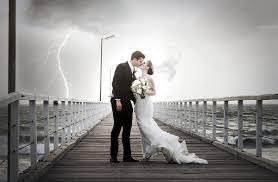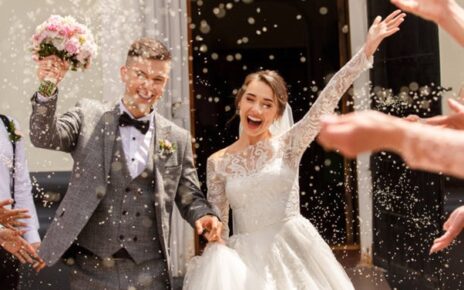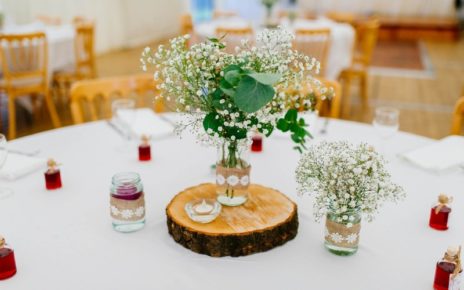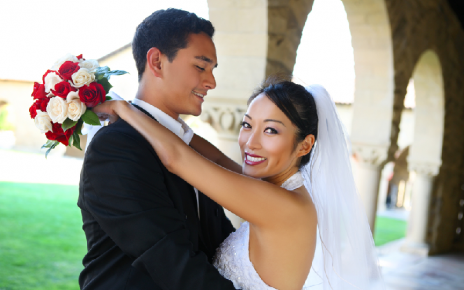Emotions are essential to capture when you’re taking photos of people or landscapes. Emotions can convey a story and help your audience connect with the subject.
Studies show that viewing visual art evokes a wide range of feelings. Among these, empathy, fear, anger, and elegance elicit bodily experiences, while likeness, beauty, amazement, and effort evoke feelings in the head.
The Details
When it comes to capturing emotions, the details are critical. It could mean zooming in on the subject’s eyes or focusing on their hands, posture, tears, or sweat. You can also create emotion through details such as a worn-out teddy bear that signifies love or an old wedding dress that brings back memories.
One study found that the more detailed an image is, the more likely it is to be perceived as emotional. The researchers theorize that this is due to “processing fluency,” or the ease with which our mind can understand what is in a picture.
As a photographer from Meg Bitton Photography, you can use this information to your advantage when creating emotionally powerful images. Remember that your camera is just a tool and that the true art is in your hands.
Focus on the Face
In photography, the face is one of the best places to capture emotions. The eyes are compelling because they convey genuine emotion regardless of what other facial expressions may be present. For example, a person can smile but still show sadness or fear in their eyes.
To help capture a subject’s true feelings, try to interact with them as naturally as possible. For example, if you photograph a couple, allow them to cuddle or do something they usually do together. It will help them relax and feel more comfortable in front of the camera.
You can also use color to evoke emotions in photos. Warm colors like reds and oranges can communicate joy or energy, while cool colors like greens and blues evoke calmness or trust.
The Eyes
Whether you’re doing portraiture, street photography, or photojournalism, the key to conveying emotion lies in the eyes.
Eyes can also evoke emotions through their shape, color, and movement. For example, when people feel confused or upset, their eyes may appear darker or more muted than when they’re happy. In addition, the way a person holds their head or body can convey specific emotions, like sadness or anger.
The Body
Emotions are complex and involve a wide range of feelings. That makes it hard for researchers to study emotions using a single method or theoretical frame. Instead, psychologists use various methods, such as factor analysis, to reduce the complexity of emotions to a smaller number of dimensions.
These dimensions include the valence (negative/positive) and intensity (arousal/depressant). They also incorporate feelings of touch, surprise, and effort.
The body is vital in capturing emotions. Research has shown that bodily sensations correlate strongly with emotion and aesthetic experiences. For example, a painting that evokes feelings of empathy, fear, anger, elegance, and joy will also activate the same bodily sensations. Moreover, manual interest annotation and eye-gaze maps reveal that viewers pay special attention to the faces and bodies of human characters when evaluating art.
The Environment
Whether you’re taking portraits of people or objects, capturing emotion requires more than just the subject matter. You have to catch the environment as well. It is particularly true for still-life photography, where arranging and lighting the objects can evoke different emotions.
The colors you choose can also affect the emotions a photograph elicits. For example, the cool blues of stormy seas evoke feelings of intensity and mystery, while warm rays of sunlight evoke feelings of comfort and warmth.
This collection is notable for its attention to feeling photography’s broader contextual and social dimensions.





